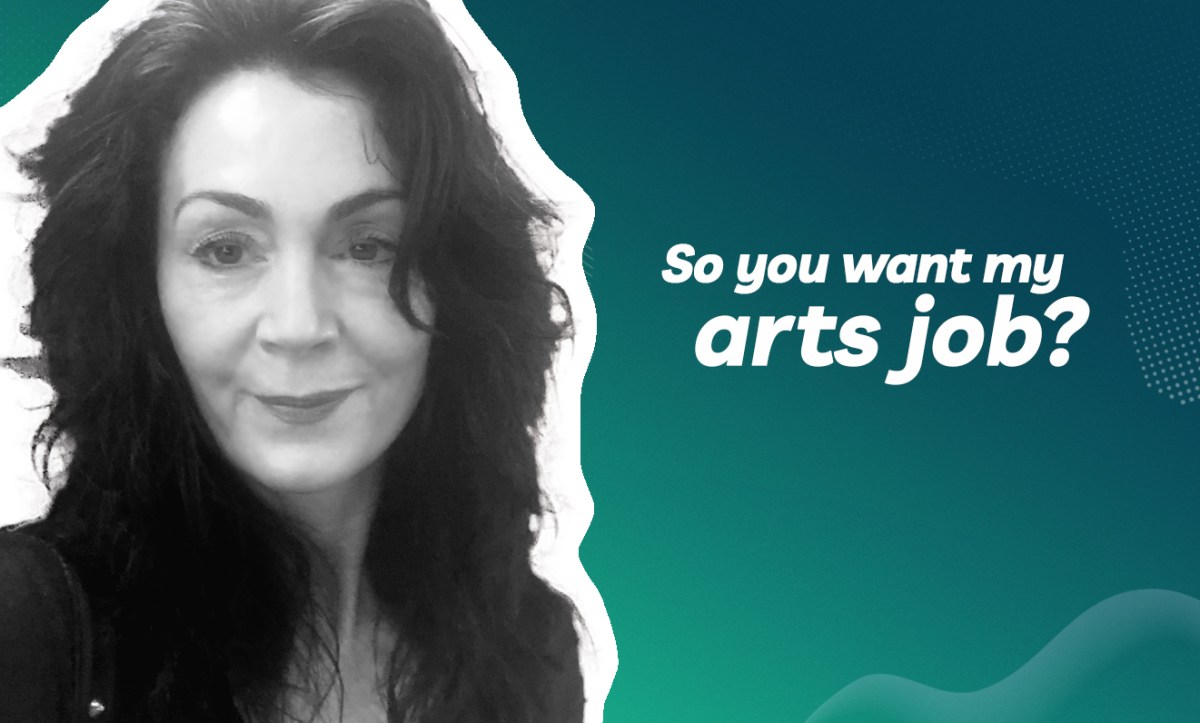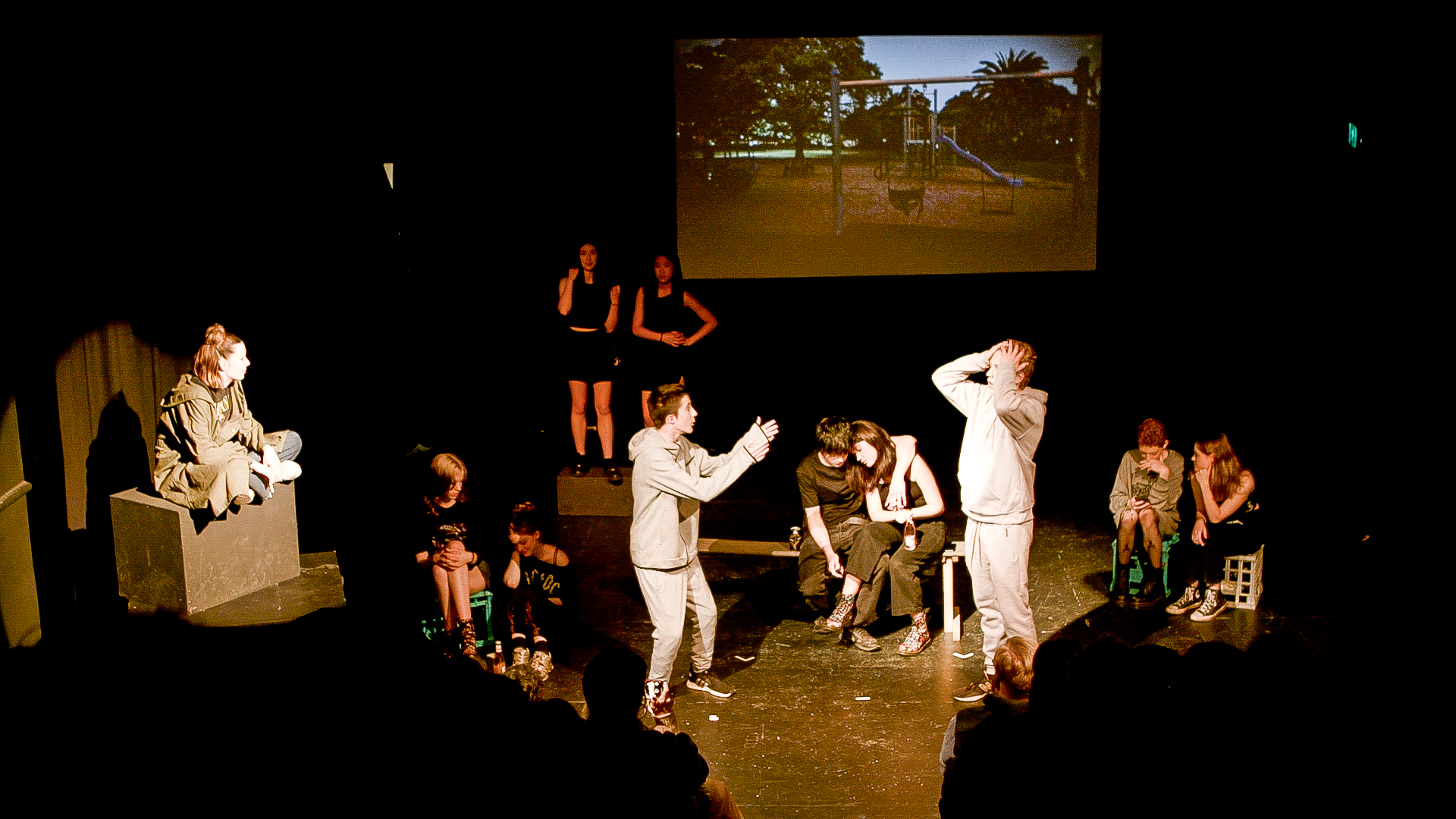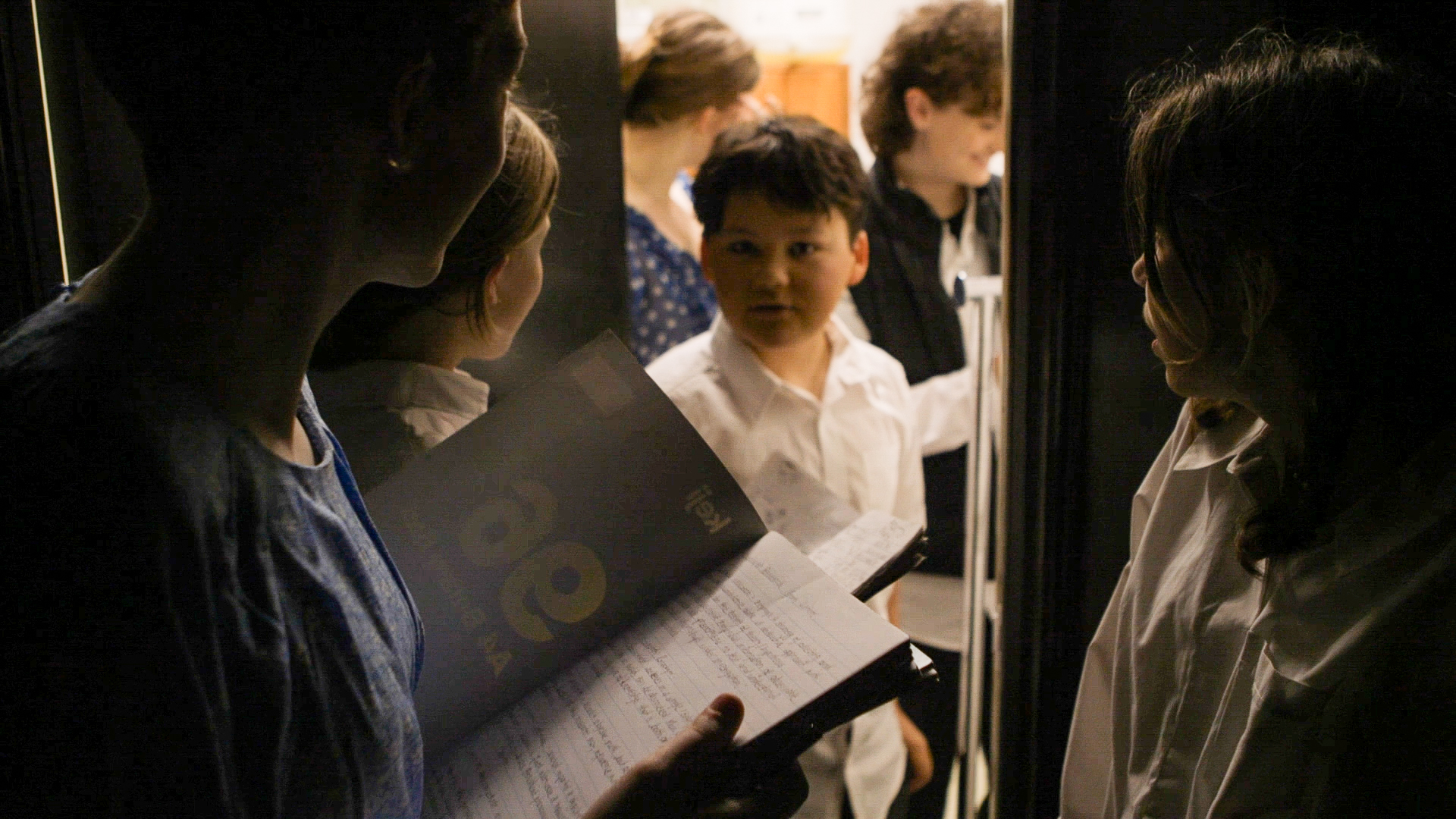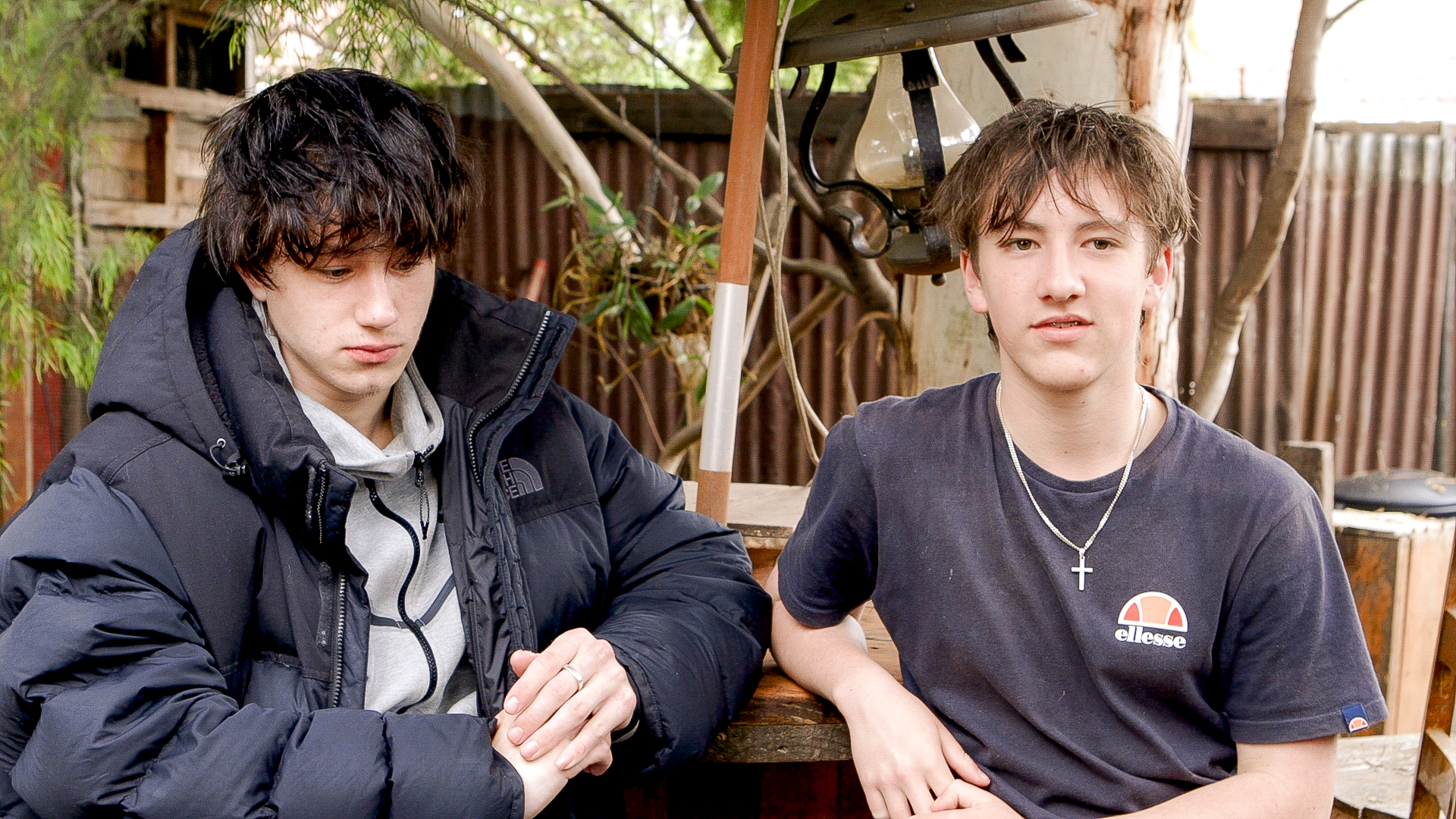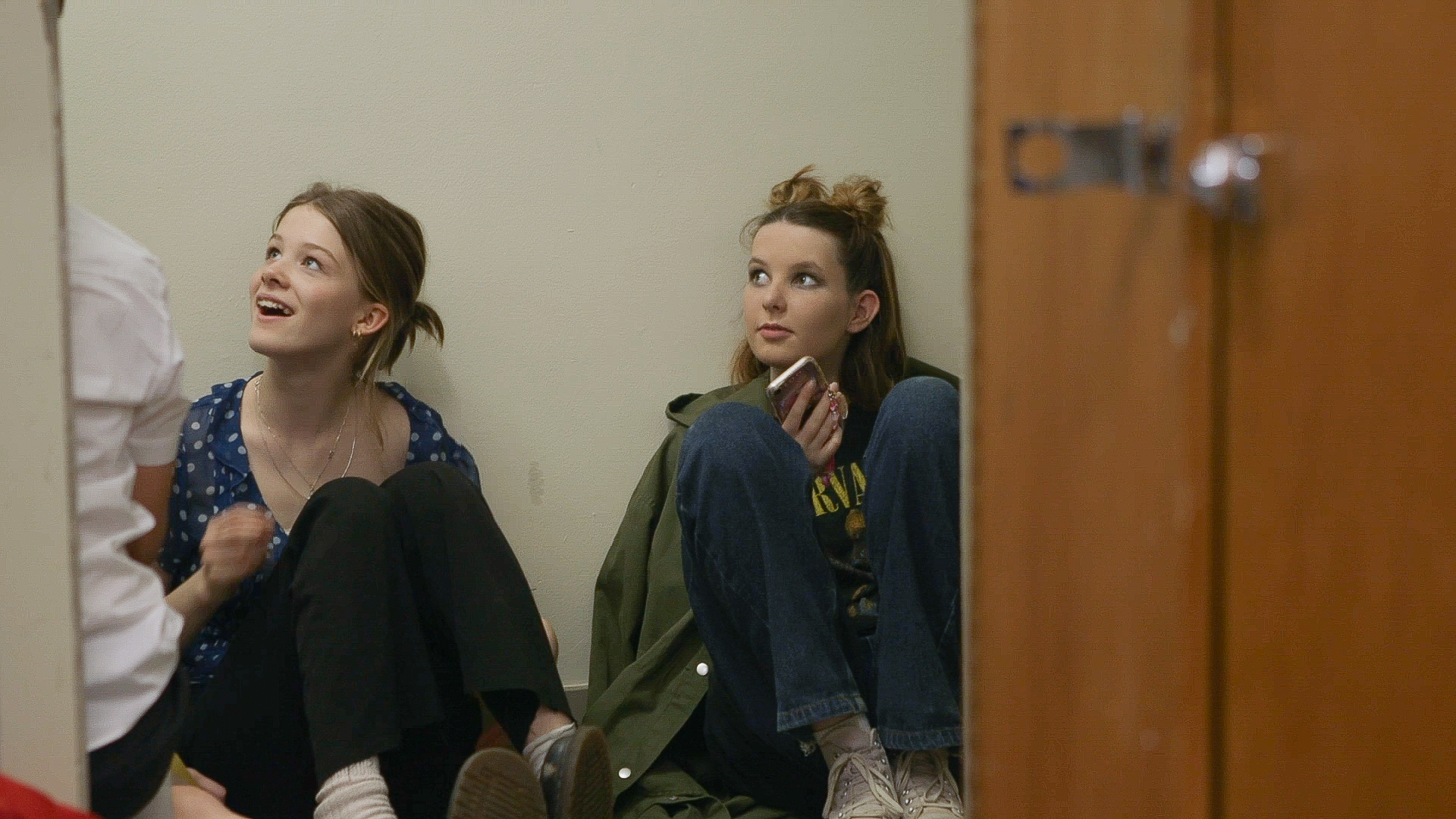Drama therapist Anne Gollan is passionate about the use of play and storytelling to explore and make sense of difficult emotions, for both children and young adults.
Skilled at creating safe environments and facilitating role play, Gollan uses a background as an actor and drama teacher, together with a recently completed Masters in Drama Therapy, to respond to different individuals and groups. She says she’s excited by the increasing mainstream acceptance of “somatic knowledge” – the idea that the body has a way of holding onto emotions and trauma, and that it needs to be listened to.
ArtsHub asked Anne Gollan about her varied and busy working life, combining creativity with therapy.
How would you describe what you do to someone at a party?
I would ask them to consider that they are made up of parts, and all these different parts of themselves play a role and tell a story. Children naturally tap into these roles through play. They explore and make sense of the world through role play and storytelling. When you observe their daily life held in play you can gain a deeper understanding of what is going on for them.
Adults’ play is just a bit more sophisticated. They use more involved storytelling and complex role-play to make sense of their experiences. A drama therapist’s job is to facilitate a safe environment for individuals to play, explore and integrate thoughts and feelings that may overwhelm them in their daily lives.
How did you get started in your career and what kinds of study were required for this profession?
I have been a drama teacher for over 12 years. During that time I noticed that my students were bringing their own emotional issues into the drama space. Using the therapeutic elements of theatre and acting allowed them a way to explore and process their struggles. I was naturally holding space for this therapeutic process to occur. I wanted to become equipped with more knowledge so I could create a safe space where my students felt their stories were honoured, heard and witnessed.
My previous studies included a Bachelor of Acting and a Diploma in Creative Dance. I recently completed my Masters in Drama Therapy.
Read: So you want my arts job: Children’s Gallery Curator
What’s an average day or week like?
On an average day, I wear a few hats. In the morning I am a creative movement teacher where I get to hang out and play with three- to five-year-olds, dancing and exploring space through music and props. I then see drama therapy clients in the middle to early afternoon. I finish my day working with a group of drama students who I have known and taught for seven years.

We are currently working on a theatrical performance that is steeped in ethnodrama. It is a process where I collate their stories through interviews, improvisation and art. My brother and I then write a play about their experiences. It is a deeply personal process, and I am honoured to gain a glimpse into the world of what it is like to be 17 and growing up in the inner north of Melbourne.
What’s the most common misconception about being a drama therapist?
That you have to have some type of acting experience or be an actor to benefit from drama therapy, and drama therapy involves only role play and improvisation tools. We use a lot of projective devices to assist people in feeling comfortable with telling their stories; it is not just limited to role play.
If you were interviewing someone for your job, what skills and qualities would you look for?
- someone who takes time to observe and listen to what is not being said
- someone who is curious and enjoys the spontaneity of play, and
- someone who acknowledges that therapy is a two-way street where each client is teaching us something about ourselves and the world we live in.
What’s the best thing happening in your field at the moment?
Currently, people are open and curious to explore therapies that involve somatic experiences. People are finally recognising that the body has a way of holding onto emotions and stories. Drama therapy approaches a holistic mind-body approach, recognising that when we listen to the body it is able to voice its own story. The body holds trauma even if we struggle to remember it. Drama therapy assists in engaging with how the body responds to emotional narratives, so we can gain a deeper understanding and encourage the body to release it. Creativity can open up a whole new realm of expression and processing.
Do you have a creative outlet outside of your work and, if so, how does it sustain you?
My creative outlet is working with my drama students and creating performances about their lives and mine. Collaborating with my brother and being able to share this creative process together is incredibly special. I have a whole group of amazing people who assist me in creating these performances on a shoestring budget.
I think working with young people keeps me aware of how we can lose sight of what it is like to see the world through their eyes – how their struggles are different from ours, but just as challenging and valid.
My brother, Johnny, and I always include in our plays parental and adult roles. I think it is important for the kids to role play or witness what it is like to be a parent or an adult and how we are all just trying to find our way in this weird, crazy, amazing world.
Where can we find you?
My website and social media need to be updated – most people find me by word of mouth – but my business site Move Create Dance is here.
